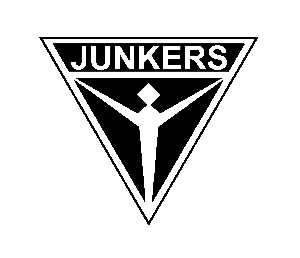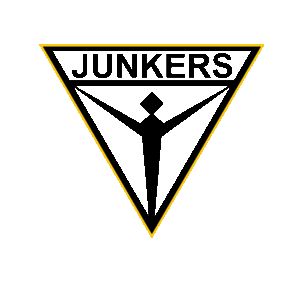No sales resulted, and the development of new and more capable fighter aircraft negated the advantages offered by the type.
However, the Japanese Army Air Force was sufficiently interested in the type for Mitsubishi to purchase manufacturing rights in 1931, and AB Flygindustri also provided one or two pattern aircraft.
A K 37 was operated with success during the Invasion of Manchuria and led the Army to order heavy and light bombers from Mitsubishi based on the design.
These were developed as the Ki-1 and Ki-2 respectively, the former sharing little with the Junkers design other than its general configuration, but the latter featuring wings essentially the same as the K 37 fitted with extra ailerons.

